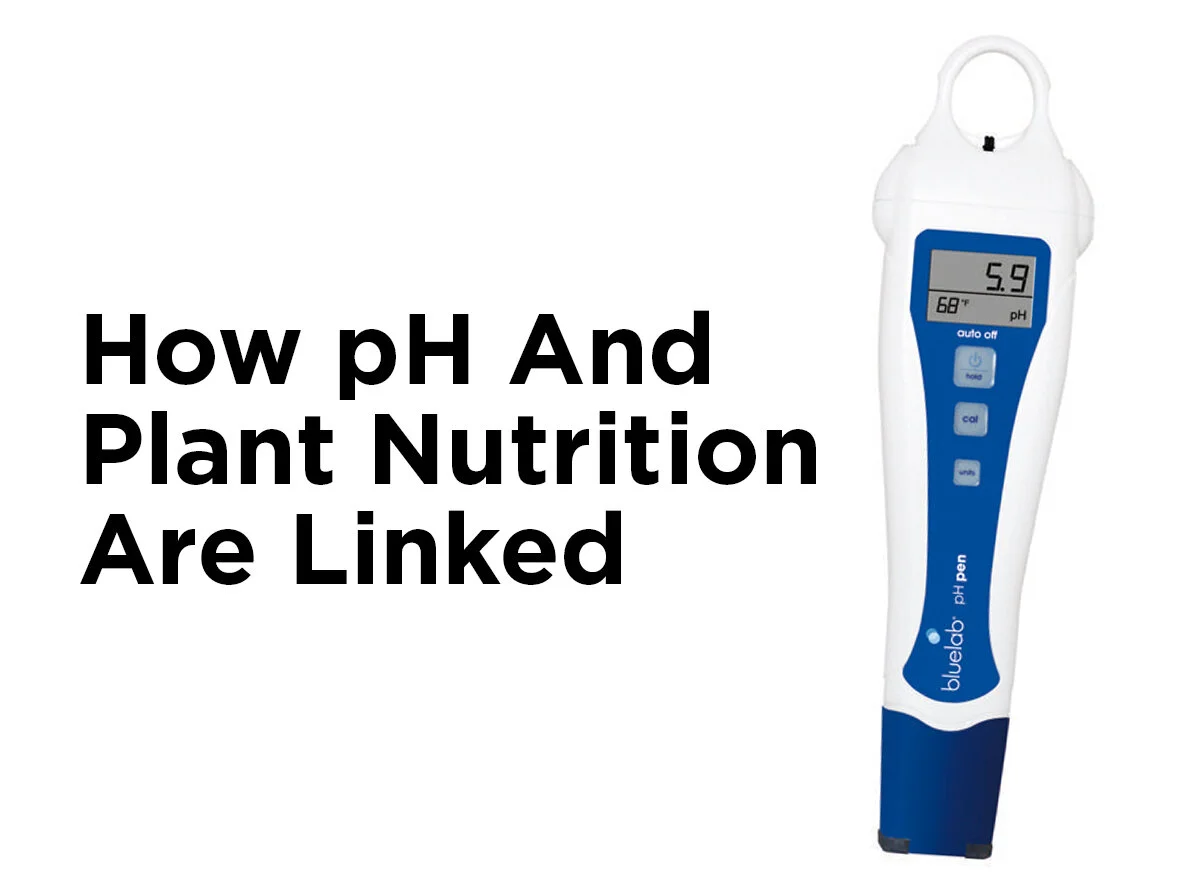What Are Vertical Gardens?
Sometimes there just isn’t enough floor space for all of the wonderful vegetables and flowers you want to grow. It’s a problem so common that we devoted an entire post to it just a couple of weeks ago. This week, I’d like to unpack one of those options to show you just how powerful a vertical garden can be. Green walls, hydroponic high-rises, and new-age “hanging gardens” are a trend that’s picking up with a fervor not seen since the mythical Hanging Garden of Babylon.
Benefits
“Vertical systems are complicated and expensive,” you say? While that’s partly true, the benefits of a vertical system far outweigh any costs or complications. Most of the complicated side can be taken care of in planning or guides, and there are always methods to mitigate costs (use a cheaper system, such as a drip system). As for benefits? Depending on how you build the system, a vertical system can double or triple the amount of growing room you get. Designs for such a system are flexible enough to accommodate different rooms, settings, climates, and plant types. You’ll also find that, by necessity, plants are exposed to more light in a vertical system, if done properly. Multiple lights need to be used, often from the side to expose all plants to equal light. Side lighting exposes more of the plant to light than normal, increasing the amount of photosynthesis in each plant, meaning more food for the plant.
A few test buildings have been placed in some cities with vertical open-air hydro systems (as in the image above) in them to help act as a bio-filter for pollution. Other buildings have implemented similar internal systems to help clean the air and improve employee or tenant health and well-being. The goal of these buildings is to one day reach a negative-emission building or a true arcology (a self-sustaining building).
Styles
Of course, the type of vertical system you should use depends on many things. “What hydroponics system are you using,” “what kind of plants do you plan to grow,” and “are you using natural or artificial lighting” are all questions you’ll need to answer. Knowing three of the most common systems are can help you decide which is best for the amount of space you have to work with.
Trellis Plants – Vine plants like tomatoes grow vertically when you put them in a trellis. With a trellis, your plants grow vertically, so while there isn’t room to grow more layers of plants, but you’ll still get a great yield. Vine and bush plants grow upward and can be sustained by hydroponics easily.
Vertical Frames – Whether you use shelves, a spiral frame, or tiers of stacked buckets, the vertical framework allows plants to grow above each other, saving floor space. It’s important to remember that this method requires additional lighting to reach more than just the top layer of plants. Some systems even use a rotating system to cycle plants toward the light at regular intervals.
Stadium Platform – While not truly vertical, a stadium frame places all of your plants on tiers that form “stadium bleachers.” Stadium platforms don’t save as much space as other styles, but they improve the amount of side-lighting your crop will get.
Implementation
The most common issue with a vertical system is lighting implementation. Plants stacked on top of plants in long rows can make it hard to shine on every plant. Larger systems often use some kind of rotation for the frames. These rotating systems often take advantage of natural lighting, moving each row into and out of sunlight throughout the day. Other systems use multiple light sources, with vertical lamps to illuminate the side of the plant rather than the top. It’s also possible to place grow lamps directly above each stack of plants, though this will reduce the total number of plants you can have since the vertical spacing between the stacks will have to increase.
Don’t forget that gravity is both your friend and enemy here. With trays stacked higher, that’s more distance for water to be pumped. Use gravity to your advantage where you can. A nutrient film technique system is golden here, since a long spiral or multiple runs can use the same feed water from a single source at the top. Alternatively, you can use a low-power drip system to feed multiple buckets.
While we’re still a long way off from the golden age of clean cities and self-sustaining buildings, hydroponics and vertical farms continue to bring us closer to a possible future. For now, they have a strong place as a method for growing food in dense urban cities by taking up a little space in closets or on roof-tops. You may even find some hydroponically-grown vegetables at your local farmer’s market. It’s definitely worth checking out or trying yourself. Have any other questions about vertical systems, or new green technology in general? Ask away in the comments below, or contact us through Facebook, Twitter, LinkedIn, Pinterest, or Instagram!







